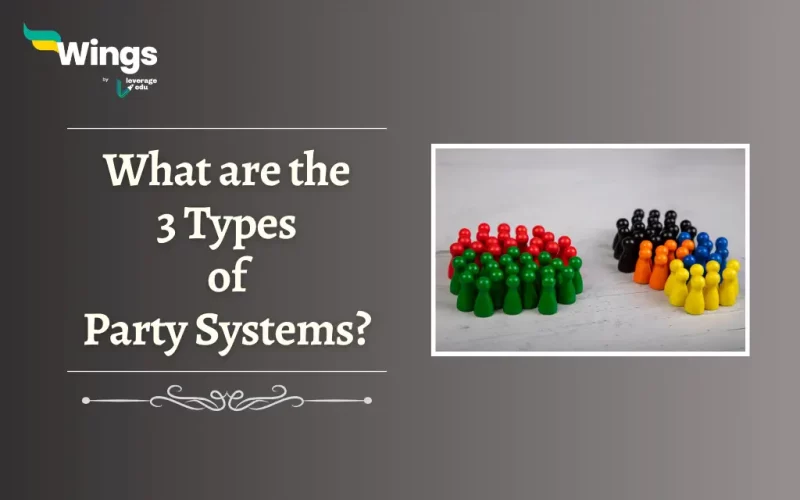Party Systems are a way to put forth the opinions of the people of the country. Moreover, Political parties have an important part in shaping governments and representing the will of the people. Furthermore, the way these parties interact and compete for power defines a country’s Party System. Additionally, the type of party system a particular country has greatly affects the political aspect and the range of voices heard in its Government. Read on to learn more about the 3 Types of Party Systems.
1. Multi-Party System
In a Multi-Party System, there are more than two parties that have a realistic chance of gaining power. That could be either independently or through coalitions. Moreover, this encourages a diverse political sphere with a range of ideologies represented.
- Pros: This system gives a wider range of choices for voters, hence usually leading to more detailed policy discussions and compromise.
- Cons: Moreover, forming a stable government can be challenging since coalitions may be fragile and prone to collapse.
The examples of Multi-Party Systems are Germany, India, and Israel.
Also Read: What is the First Past the Post System in India?
2. Two-Party System
The Two-Party Systems are characterised by the domination of two main parties. In addition, these parties hold separate ideologies and contest fiercely for the authority of the Government. However, although smaller parties may exist they barely have a great chance of winning the Elections.
- Pros: The Elections tend to be more decisive and governments can be more stable due to clear majorities.
- Cons: Moreover, the voters may feel limited in their choices. There could be a political discourse that can become polarised between the two main parties.
The United States of America and the United Kingdom are 2 examples of two-party systems.
Also Read: 11 Features of Democracy
3. One Party System
In a One Party System the power is in the hands of a single political party in that country. However, other parties may exist, but they have little to no actual influence.
- Pros: This system can lead to swift decision-making and implementation of policies.
- Cons: This stops political disagreement and limits the representation of diverse viewpoints. Therefore, One-party States usually raise concerns about human rights and democratic freedoms.
Moreover, China is a well-known example of a One-Party System.
Related Blogs
Lastly, we hope you liked our blog and gained an understanding of what are the 3 Types of Party Systems. Moreover, you may even read more blogs and empower yourself with knowledge regarding Civics and Polity!
 One app for all your study abroad needs
One app for all your study abroad needs













